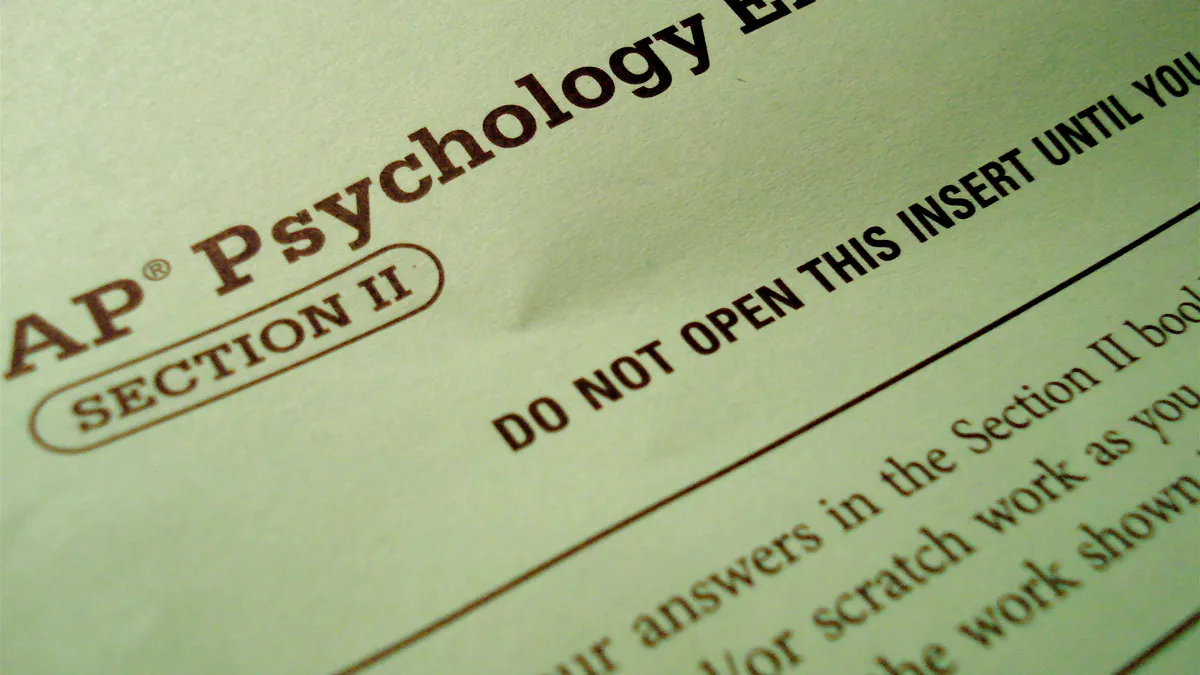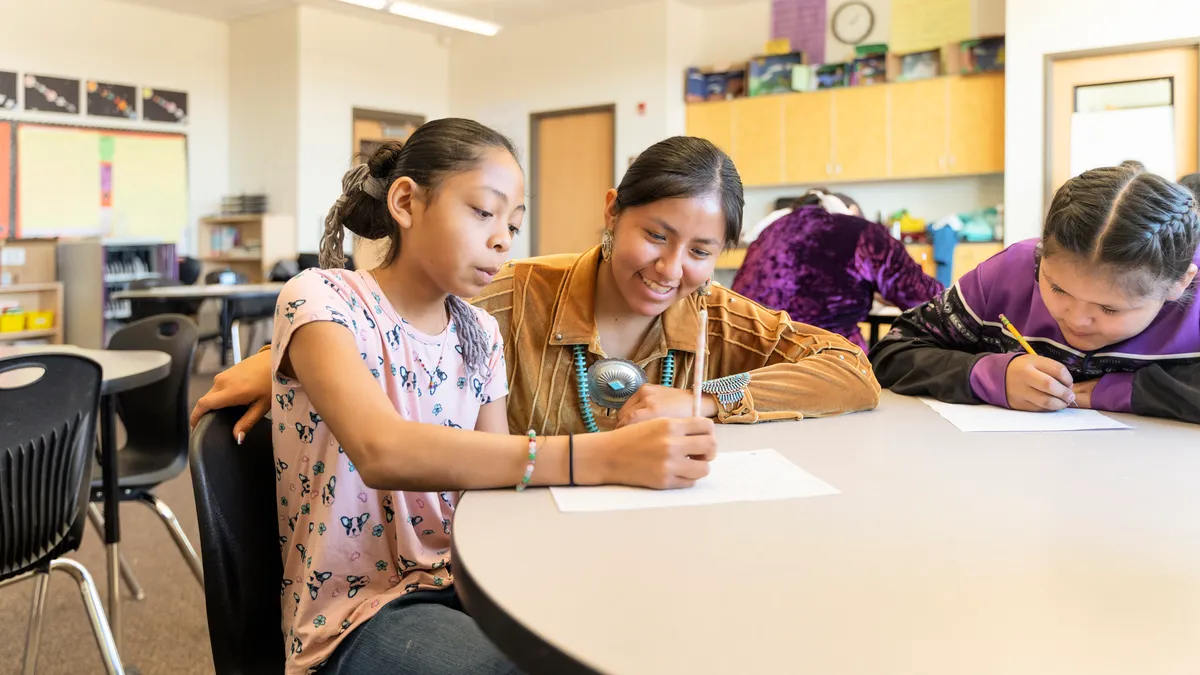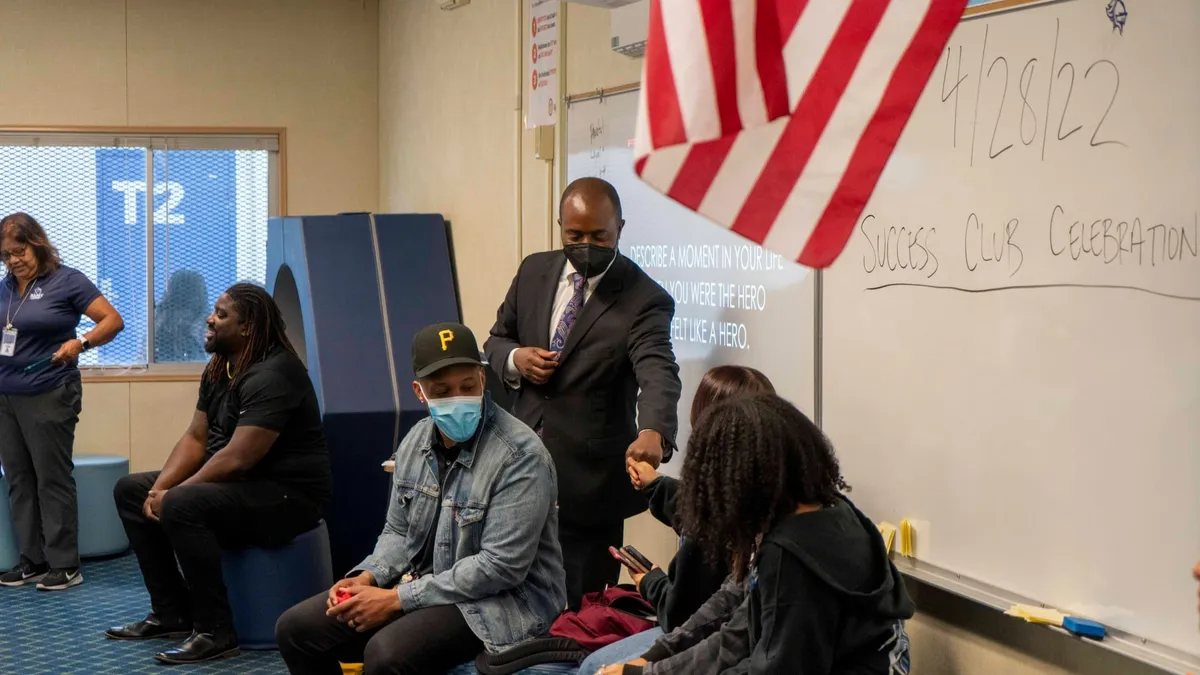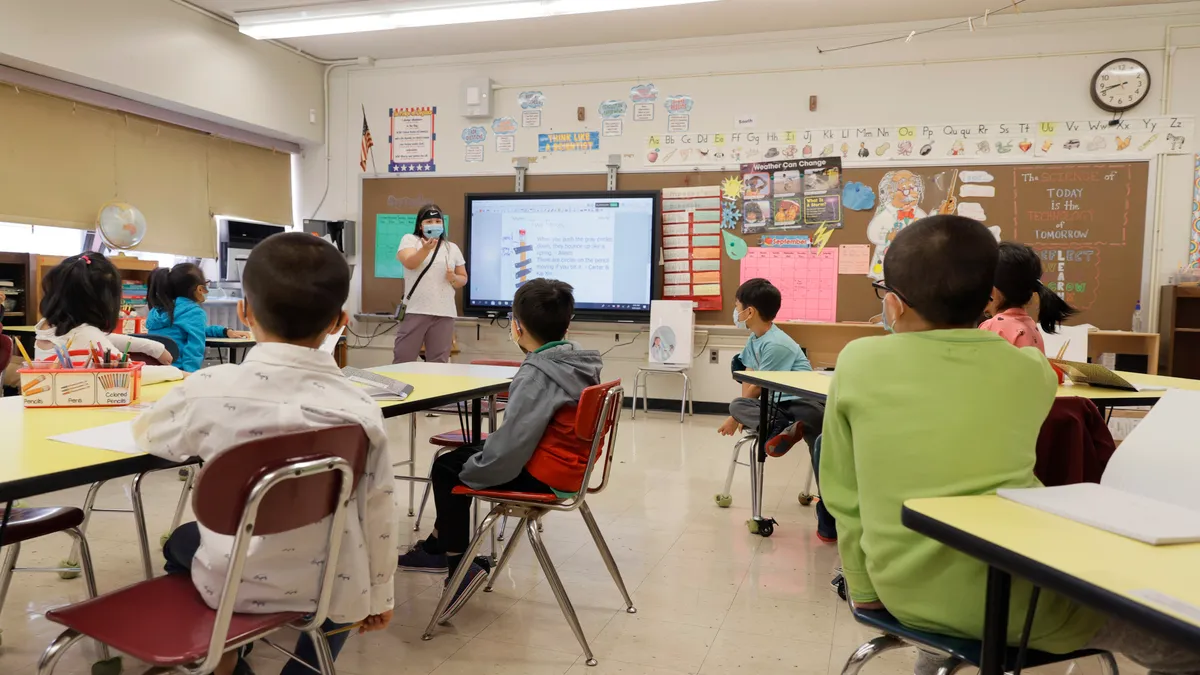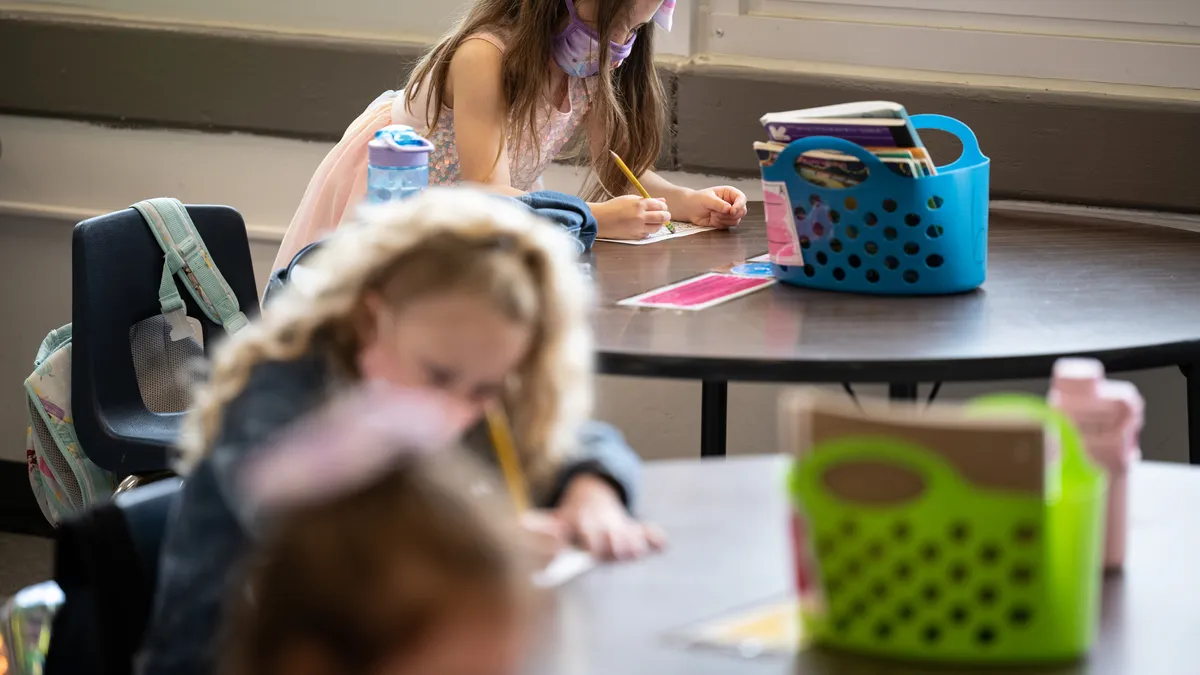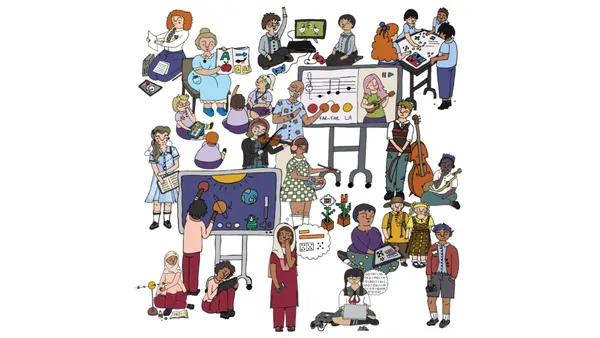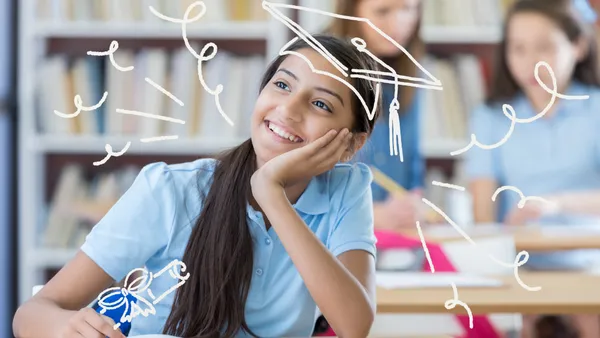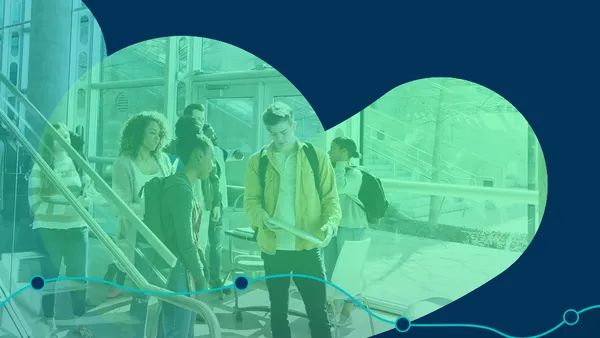Talib Abdul-Khabir teaches 8th grade at the Leadership Academy in the Lancaster School District in California.
"Wei Ji," the Chinese word for crisis, translates into "dangerous opportunity." The COVID-19 outbreak has presented a dangerous opportunity to innovate public school education.
The closure of thousands of K-12 public schools has forced school districts to provide distance learning for over 32.5 million students who are at home. Due to this coronavirus crisis we can get a glimpse into what public school education could be in the future.
Many school districts are creating online curriculum for their students forced to stay home. Although the concept of distance learning has been around for at least 30 years, it’s fairly new in the public school K-12 arena as the primary instructional learning modality. Cyber-schools that provide complete online instruction to students at home have been a relatively small group shunned by the larger mainstream public school system.
I’m advocating we replace brick-and-mortar or modular schools and make cyber-schools the primary delivery system for public school education. In such cyber-schools, equity won’t be an issue. Each student would be loaned a Chromebook and subsidies would be provided low-income families who can't afford internet services.
There are many advantages to providing distance learning to public school students. It’ll be less costly because fewer teachers will be needed. Also, the school's bureaucracy — all of the guidance counselors, therapists, educational specialists, assistant principals — will no longer be needed. In addition, there would be no more maintenance department, gas, electric, water bills and all the other costs associated with school buildings.
Furthermore, since students would be provided Chromebooks to use at homes, school districts would no longer spend hundreds of thousands of dollars purchasing textbooks. Certainly, converting to distance learning would create significant savings for school districts.
Other distance learning benefits
Another advantage to distance learning is increased academic achievement. Today, sophisticated educational software programs can almost do it all in terms of teaching students. In some cases, students can be better educated learning at home on a computer than in a crowded classroom.
Educational software can diagnose a student's reading or math levels and provide assignments exactly at the students' optimal learning zones. In other words, there's software that can create assignments that are not too easy or too challenging for the student to master. Moreover, online instruction can provide scaffolding, backfilling, front-loading and all the other fancy terms some educators like to use. In many ways online instruction used in distance learning can provide an opportunity for students to learn more and become better educated
Still another advantage to distance learning is no discipline. Many public school districts, especially in low-income areas, spend lots of time and money dealing with student discipline. With cyber-schooling there are no more fights, no students vaping in the bathroom, or smoking marijuana behind the gym. No drama beyond that which students may learn in a virtual theater class.
Amazingly, the coronavirus outbreak has demonstrated that state and federal governments can provide breakfast and lunch to over 22 million needy students who are at home. In addition, in some states, child care is being provided for parents who must work during the coronavirus crisis. The exact same assistance can be provided by cyber-schools.
Tradition, unions stand in the way
However, there are two main reasons distance learning will not be the new norm. One reason is tradition. Public schools, with teachers in front of students sitting in desks, have a long history in America, dating back to the days of Horace Mann in the 1850s. They are entrenched into our way of life. Traditional logic says children are supposed to go to school to get an education. That’s the way it’s been, and that’s the way it will always be.
Another reason, and without a doubt the most important obstacle to overcome, are unions. The National Education Association and the American Federation of Teachers are powerful unions primarily concerned with increasing teacher salaries, improving working conditions and maintaining the status quo. Then you have classified unions that protect the school secretaries, instructional aides, campus supervisors, custodians, maintenance workers and other school personnel. All of these unions would thwart any attempt to make distance learning the norm in public schools.
Consequently, after the coronavirus subsides, most school districts will return to the traditional public school delivery method. Fortunately for most educators, the danger in "Wei ji" will have been addressed by closing schools, creating social distancing and obeying health advisories. However, the opportunity in "Wei ji" — to move public school education into the 21st century by delivering distance learning opportunities to all students — would have been squandered.







